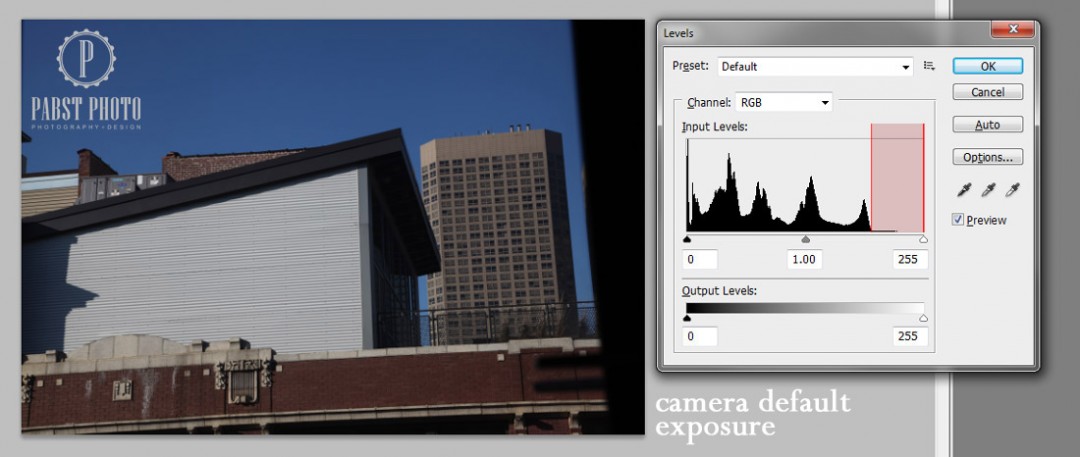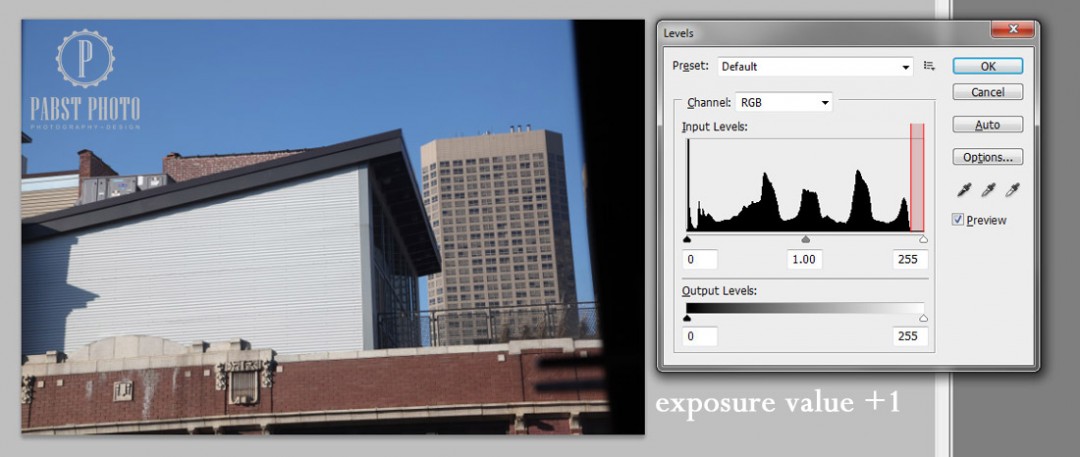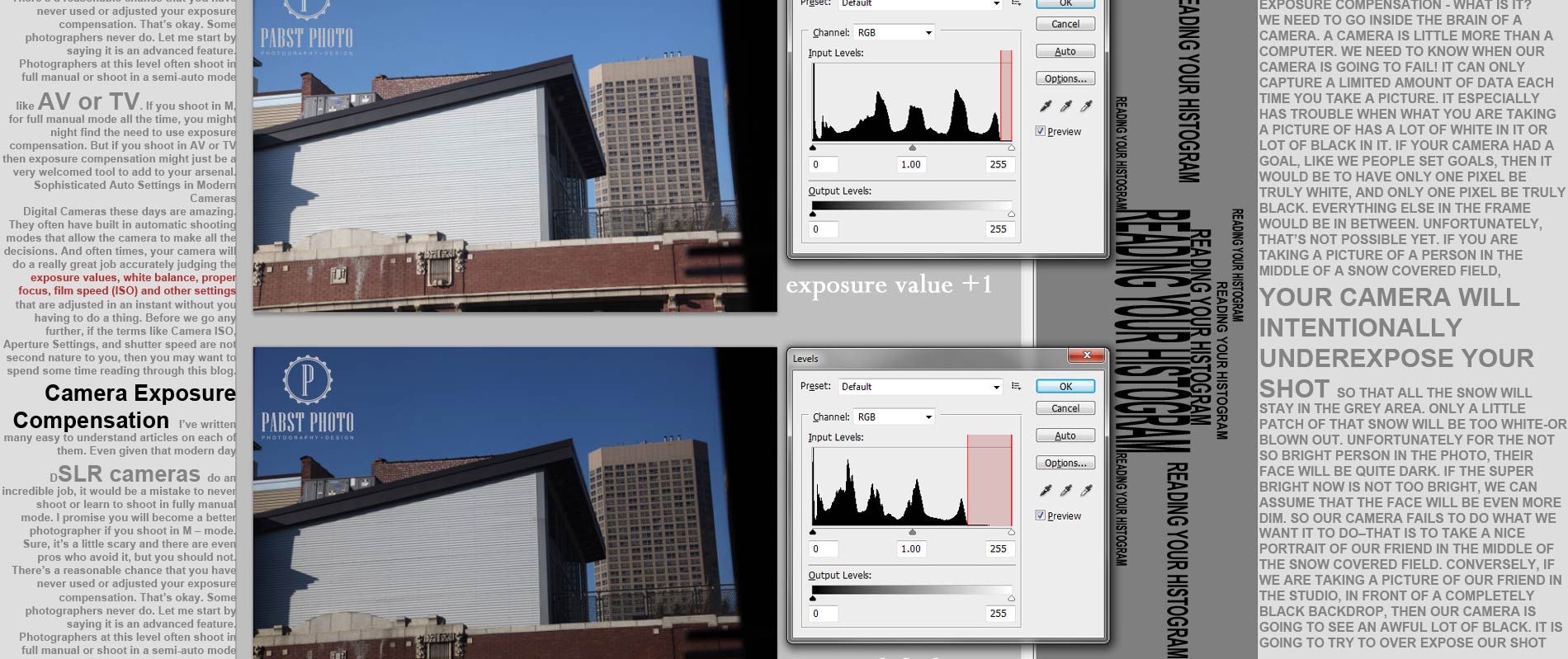Camera Exposure Compensation-Metering
There’s a reasonable chance that you have never used or adjusted your exposure compensation. That’s okay. Some photographers never do. Let me start by saying it is an advanced feature. Photographers at this level often shoot in full manual or shoot in a semi-auto mode like AV or TV.If you shoot in M, for full manual mode all the time, you might night find the need to use exposure compensation. But if you shoot in AV or TV then exposure compensation might just be a very welcomed tool to add to your arsenal.
Sophisticated Auto Settings in Modern Cameras
Digital Cameras these days are amazing. They often have built in automatic shooting modes that allow the camera to make all the decisions. And often times, your camera will do a really great job accurately judging the exposure values, white balance, proper focus, film speed (ISO) and other settings that are adjusted in an instant without you having to do a thing. Before we go any further, if the terms like Camera ISO, Aperture Settings, and shutter speed are not second nature to you, then you may want to spend some time reading through this blog. I’ve written many easy to understand articles on each of them. Even given that modern day DSLR cameras do an incredible job, it would be a mistake to never shoot or learn to shoot in fully manual mode. I promise you will become a better photographer if you shoot in M – mode. Sure, it’s a little scary and there are even pros who avoid it, but you should not.
Photographer Preferences
Some photographers prefer setting their shutter speed and then let the camera do the rest. Some photographers choose to set the aperture and let the camera do the rest. Others like to control everything. There is no one right way to take pictures.
Personally, I like to shoot in full manual, but let my camera choose the ISO. Obviously, I keep an eye on my ISO to make sure my camera is not setting it to levels I am uncomfortable with. But shooting like this allows me to choose my depth of field (aperture), and then choose a shutter speed appropriate for the lens and condition so that I can take sharp pictures.
Exposure Compensation – What is it?
We need to go inside the brain of a camera. A camera is little more than a computer. We need to know when our camera is going to fail! It can only capture a limited amount of data each time you take a picture. It especially has trouble when what you are taking a picture of has a lot of white in it or lot of black in it. If your camera had a goal, like we people set goals, then it would be to have only one pixel be truly white, and only one pixel be truly black. Everything else in the frame would be in between. Unfortunately, that’s not possible yet. If you are taking a picture of a person in the middle of a snow covered field, your camera will intentionally underexpose your shot so that all the snow will stay in the grey area. Only a little patch of that snow will be too white-or blown out. Unfortunately for the not so bright person in the photo, their face will be quite dark. If the super bright now is not too bright, we can assume that the face will be even more dim. So our camera fails to do what we want it to do–that is to take a nice portrait of our friend in the middle of the snow covered field.
Conversely, if we are taking a picture of our friend in the studio, in front of a completely black backdrop, then our camera is going to see an awful lot of black. It is going to try to over expose our shot so that the blacks don’t get clipped. It’s going to try to see the detail in our fabric. We obviously don’t want that. We are using a black muslin backdrop because we don’t want to see it. So again, our camera is going to screw up the shot. The black will come out the black range into dark grey; which means are less than dark face, moves up into the whites–and gets over exposed.
Below are two shots I took from my apartment. I intentionally chose a bright white metal panel wall so I could exhibit how my camera would come up with improper exposure. My camera was assuming that the picture was going to be over blown so it under exposed the picture. As a result, a lot of the high data is missing. In the second shot, I adjusted the exposure compensation to +1 EV, and as a result, I have a much more properly exposed photograph. Neither shot clips any of the whites, but the second image gets a fuller, richer exposure of the scene.
If you are coming from the flash photography or wedding photography world, do not confuse exposure compensation with flash exposure compensation.


